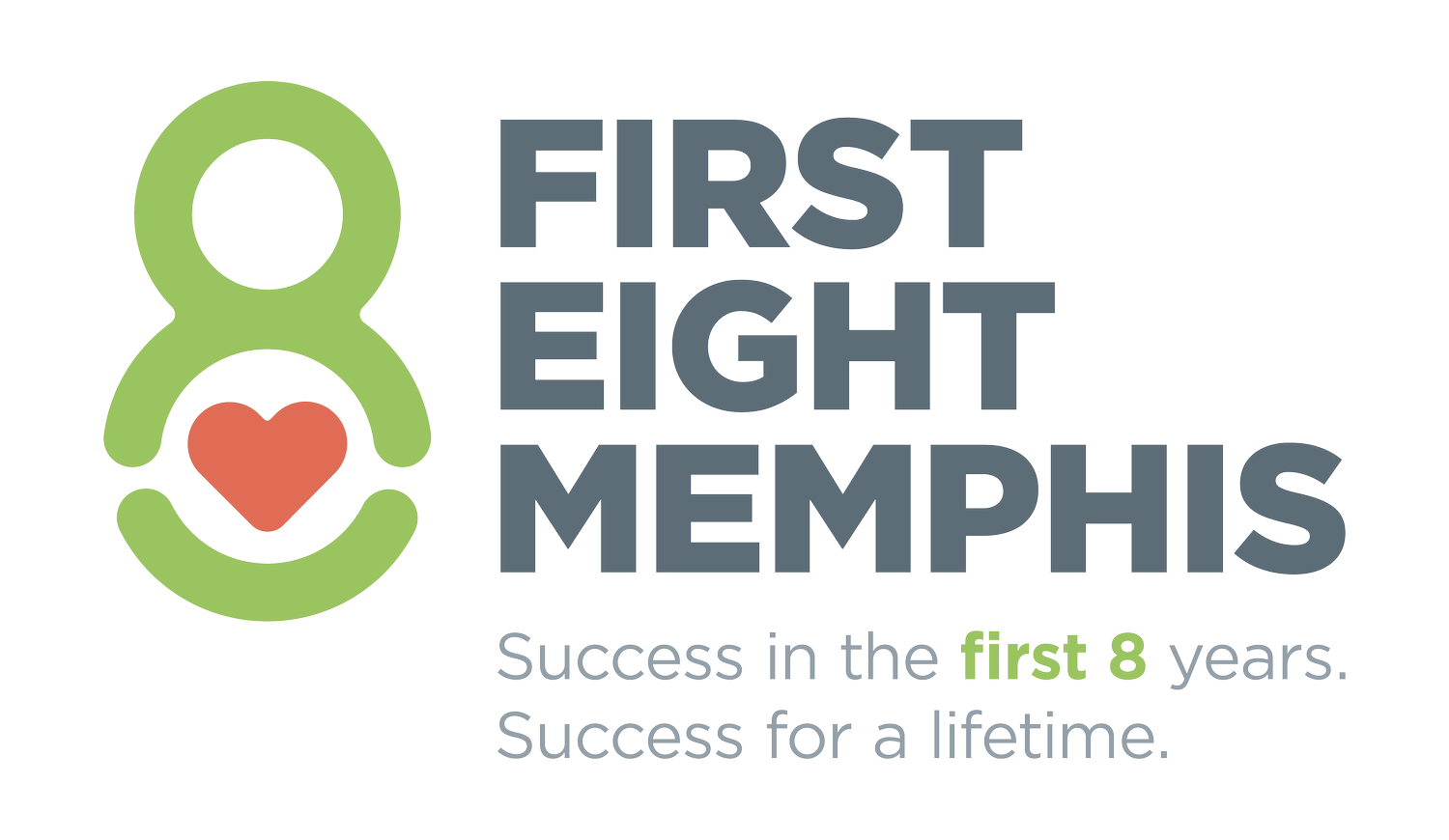Helping Children Understand COVID-19 and Changes to Day-to-Day Life
By Latetrica Wilson, First 8 Memphis Intern Fall 2020
Children are resilient and they understand more than we think. Children are experiencing the COVID-19 crisis in their own way. In the early days of the pandemic, they may have tried to figure out why the adults around them were so worried or absorbed in the news. Now, they may be used to the news and talk about the pandemic, and even the masks. Their anxiety may have stayed with them, even if they are not talking about it.
The most important thing for parents to remember is that you know your child best. There are an endless amount of resources to help children cope with COVID-19. Resources focus on how to relate to children across the age spectrum and some use varying types of visuals or conversation starters. As a caregiver, you should also be guided by your child’s development stage, maturity and tendency towards anxiety. There is no one “right” way to have these unprecedented conversations. Find what works best for your family and set aside time out of your day to have conversations to ensure your child’s questions are answered and that they are feeling safe.
Here are some examples on how to talk with your child:
What is the Coronavirus?
Coronavirus is a virus and a virus is a tiny germ that can make people sick. Some people with Coronavirus may not feel any different than they do every day. Other people may get a fever, cough, or feel it’s hard to breathe. Most people who get the Coronavirus will get better. Since this virus spreads when people are close together, it is important that we stay home or stay 6 feet apart from other people when we are outside. That’s why we are staying home more – we stay home so that we do not get sick and so we protect other people from getting sick. If we eat well, drink water, get lots of sleep, and keep our hands washed it will help our bodies fight off germs and will help you stay healthy.
I’m scared!
It’s okay to be scared sometimes! Tell me about how you feel scared and what you are worried about.
Yes, this is scary! But…The best way to protect against viruses is to always wash our hands for 20 seconds, cough or sneeze into an elbow, and keep our hands away from our face unless they were just washed. It also helps if we clean things we touch a lot (doorknobs) and wash our hands after we touch these things. If we do these things we are much less likely to catch the virus.
I’m sad about school being closed.
It’s okay to be sad. Let’s talk about it and what you feel like you have lost.
I know you were really looking forward to that, and now that it’s not happening, that must feel like a really big letdown.
I know you worked really hard on that and now it’s not going to happen. It’s okay to feel sad about that. It shows how hard you worked and how much you cared about it.
It’s okay if you don’t want to put on a happy face right now. Do you want to talk, draw, or write about it, or do you want to be distracted from it?
It’s okay to be sad about school being closed and missing your friends. It’s hard not to see people. Can we think of other ways you can keep in touch with people, like writing a letter or an email? Can we schedule a video chat with friends?
Children learn to be resilient with the support of a caring adult, who treats them respectfully, and compassionately, offering emotional support when they’re struggling while at the same time treating them as competent, capable people. During uncertain times, children look to adults around them for reassurance.
Resilience is a skill you can help your child build.
Resilience is the ability to endure significant stress and still thrive. Resilience is developed from having the tools and confidence to solve problems, and overcome challenges. Many children, especially young children, have a lot of natural resilience. But resilience can also be strengthened, like a muscle or a skill. Children learn skills for resilience – with help from adults – through a process called “scaffolding.” Just like scaffolding is used in construction to support parts of a building until it can stand on its own, adults can scaffold children’s emotional experience.
The contents of this blog are for informational and educational purposes only. The information and other content provided in this blog, or in any linked materials, are not intended and should not be construed as medical advice, therapy, or any form of treatment, nor is the information a substitute for professional medical expertise or treatment.
The opinions and views expressed on this blog and website have no relation to those of any academic, hospital, health practice or other institution.
